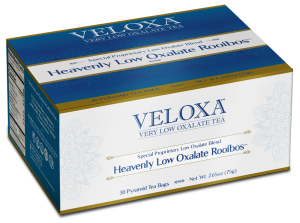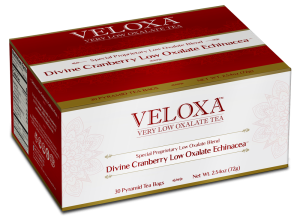| Food | Serving Size | Approximate MG Amount | Source | Oxalate Level |
|---|---|---|---|---|
| Food | Serving Size | Approximate MG Amount | Source | Oxalate Level |
Please note, The American Urological Association usually recommends avoiding an overly restrictive low-oxalate diet, as fruits and vegetables with oxalates do have other health benefits. Some urologists typically advise patients to avoid foods with more than 75 mg of oxalates per 100-gram serving, such as nuts, spinach, and rhubarb.
It is also important to note that low amounts of calcium in your diet can increase your chances of forming calcium oxalate kidney stones. Many people are afraid to eat calcium because of the name “calcium oxalate stones.” Calcium binds with oxalate in the intestines. A diet rich in calcium can help reduce the amount of oxalate being absorbed by your body and reaching the kidneys, so stones then would be less likely to form. Although there are other kidney stone types that can form either. But those are due to some different reasons.
Most importantly, one should strive to eat high calcium rich foods at the same time they are eating higher oxalate containing foods so the calcium and oxalate are more likely to bind and be passed rather then absorbed by the body; for example have low fat cheese with a spinach salad or yogurt with berries. If you take a calcium supplement, calcium citrate is the more recommended and preferred form.



